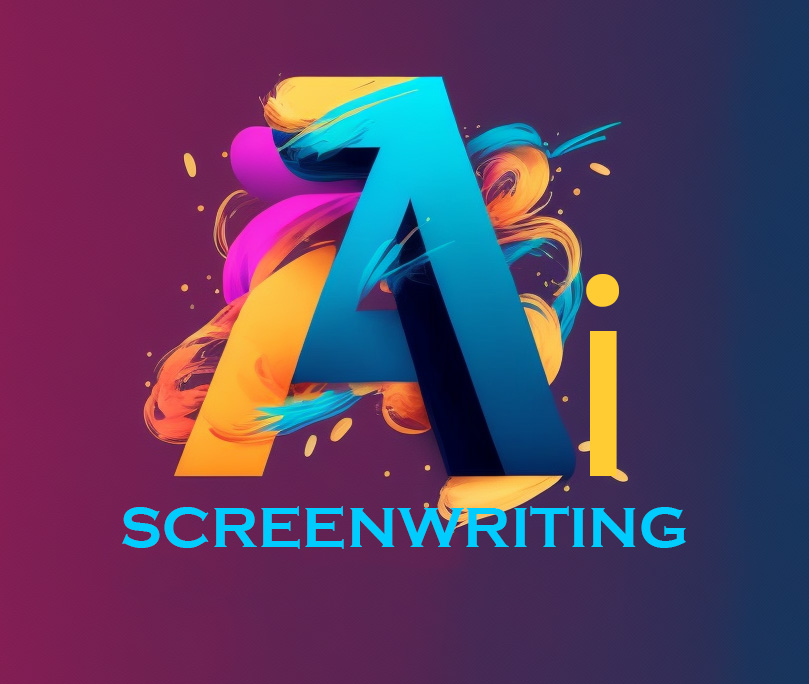
Welcome, aspiring screenwriters!
Have you ever thought about crafting a bona fide blockbuster but felt daunted by the elusive world of screenplay structure?
Fear not!
Today, we’re diving into the fascinating realm of putting pen to paper (or fingers to keyboard) to unlock the mysteries of screenplay structure.
Whether you dream of wild west shows featuring cowboys who can’t shoot straight, or you’re looking to pen the next big rom-com that even your grandma would chuckle at, understanding screenplay structure is your golden ticket!
So, grab your favorite caffeine-induced beverage, get cozy, and let’s embark on this whimsical journey through the essential elements of writing compelling scripts.
Ready?
Let’s roll!
The BEST AI Screenwriting Tool In Hollywood!
Key Takeaways
- Screenplay structure is crucial for creating engaging narratives that capture the audience’s attention.
- The three-act structure serves as a reliable framework for organizing the story and character arcs effectively.
- Key elements such as theme, setting, and dialogue play a significant role in enhancing the screenplay’s impact.
- Character development and a well-defined arc are essential for making your story relatable and emotionally resonant.
- Tension and conflict are vital driving forces that maintain interest and push the plot forward throughout the screenplay.
Understanding the Basics of Screenplay Structure
Welcome, aspiring screenwriters!
Grab your pens and maybe a snack (because, let’s face it, creativity needs fuel), as we embark on a delightful journey through the bewildering world of screenplay structure.
Picture this: a screenplay is like a rollercoaster ride, where every twist and turn keeps the audience gasping for breath or at least desperately clutching their popcorn!
In order to craft this exhilarating experience, one must pay homage to the sacred temples of storytelling—yes, I’m talking about the mighty three-act structure.
Act One is your charming meet-and-greet where characters are introduced, and problems are hinted at like a mysterious stranger lurking in the shadows.
Act Two is where things get spicy—think of it as the plot’s sizzling salsa dance, full of conflicts and unexpected surprises that keep your viewers on the edge of their seats.
Finally, Act Three is the grand finale, where all those threads come together in a dazzling resolution like the last fireworks of a spectacular show.
By understanding the essentials of screenplay structure, you’ll not only be armed with the blueprints to a captivating script but you’ll also impress your friends with your newfound knowledge—who knew writing could be this much fun?
So buckle up and get ready to dive deeper into the nitty-gritty of those acts and sequences, because your screenwriting adventure is just about to take off!
The Three-Act Structure Explained
Let’s dive into the whimsical world of screenplay structure—a magical template that has guided writers from the time when silent films were the talk of the town (or rather, the lack of talking) until today’s blockbusters that explode with dialogue!
Buckle up, because we’re about to break down the fabled Three-Act Structure.
Act One is where we set the stage, introduce our charming protagonists, and throw in some dramatic tension like a pinch of salt on your avocados.
Here, our characters face their call to adventure, and BOOM—a conflict emerges, like a caffeinated squirrel on a mission!
Act Two is where the real fun starts; it’s the longest act, often resembling a roller coaster filled with twists, turns, and lots of dodging flying pies (think subplots, obstacles, and a nifty character arc!).
Finally, Act Three brings it home, resolving our conflicts and delivering the emotional punch like a seasoned boxer who’s secretly good at knitting too!
By mastering the screenplay structure of three acts, you can craft tales that resonate, spark joy, and keep your audience rooting for that happily-ever-after, or at least a thrill-filled conclusion.
So grab your notepad and plot away, because with this structure, you’re poised to write screenplays that shine brighter than a movie marquee on opening night!
‘A screenplay is like a road map; it shows you where you want to go, and the nuances of the characters will provide the scenery along the way.’ – Unknown
Key Elements of a Compelling Screenplay
So, you’re diving into the world of screenplay writing, armed only with a notepad, some dreams, and perhaps a cup of coffee that might as well be a love potion?
Great!
Let’s unravel the magical tapestry that is screenplay structure.
Picture it as a roadmap guiding you through the mysterious land of storytelling.
At the heart of a compelling screenplay are three essential acts: Act One – the setup, where our hero is introduced and the stakes are raised (cue ominous music); Act Two – the confrontation, where hurdles are thrown like confetti at a party you didn’t want to attend; and Act Three – the resolution, where everything ties up neatly like your shoelaces before a sprint out of the clichéd sunset.
Within these acts, we sprinkle in turning points, character arcs, and subplots that add layers deeper than your ex’s emotional baggage.
So, if you’re keen on breathing life into a screenplay that not only captivates but also adheres to the screenplay structure, you’re already on the right track.
Now, go forth and write your cinematic masterpiece – remember, the world is waiting for your story!
The BEST AI Screenwriting Tool In Hollywood!
Character Development and Arc in Screenwriting
Welcome to the wonderfully wild world of screenwriting, where character development and arc dance like they just won a talent show at a high school prom!
Now, you might be wondering what on earth a *screenplay structure* has to do with characters swooning and struggling through arcs like they’re on a roller coaster.
Spoiler alert: it has everything to do with it!
Imagine your protagonist as a cookie dough roll – they start soft and gooey, but with the right *screenplay structure*, they’ll rise like a delectable sugar rush you can’t resist.
Let’s break it down: character development is about how our gooey hero transforms throughout the story, while their arc is the path they take from one point (the angst-ridden dough) to another (the mouthwatering, slightly crispy cookie) thanks to experiences, challenges, and maybe a dash of romance.
Think of it like the plot’s best-friend-cum-life-coach, guiding those lovable quirks and traits through trials that could make or break a character, all while keeping the audience glued to their seats!
So, whether you’re nailing your logline or brewing up a battle between good and evil, don’t forget that a well-structured screenplay is the key to unleashing your character’s potential to shine brighter than a Broadway star!
Tension and Conflict: Driving Forces in Your Script
Ah, screenplay structure!
It’s the backbone of your cinematic creation, much like a solid frame supports an over-the-top painting.
Picture this: your characters are at a tension-filled dinner party, where every glance, sarcastic comment, and awkward silence adds layers of conflict.
Without this juicy drama, your script would be like a cold bowl of plain oatmeal—edible but oh-so-boring!
Tension and conflict are not just spices in your storytelling stew; they’re the entire flavor profile.
Think of them as the heavyweight champions in the boxing ring of emotions—ready to jab, weave, and knock the audience’s socks off.
If your screenplay structure doesn’t include conflict—be it external, internal, or that delightful mix of both—then you might as well be writing a nice, cozy travel brochure instead of a gripping script.
So, fire up your typewriter and let’s crank that tension to eleven!
Your characters deserve it, and trust us, your viewers will be on the edge of their seats, popcorn clutched tightly in their hands!








